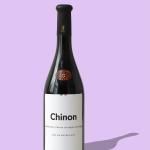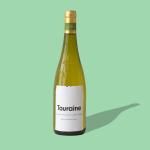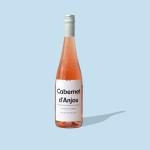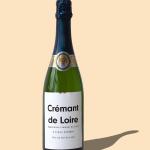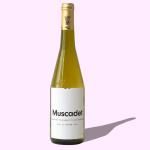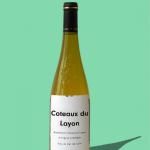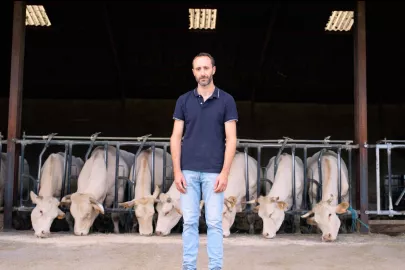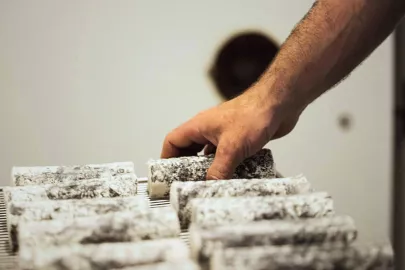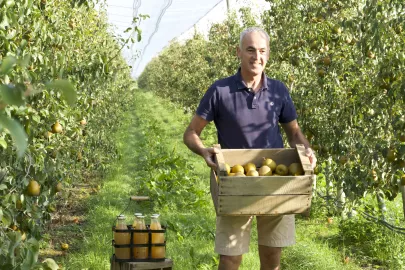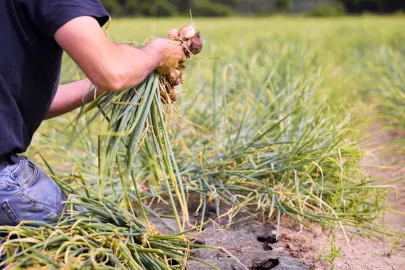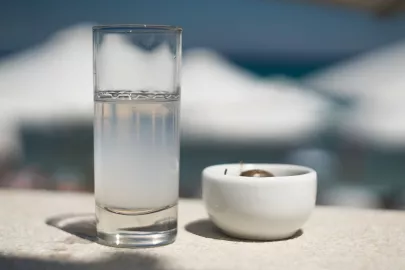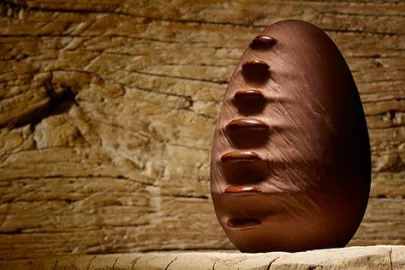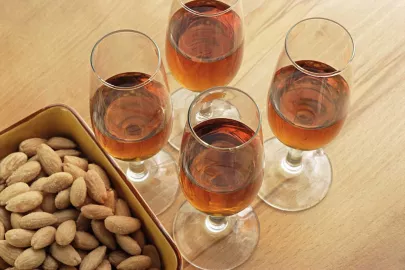Chenin, the Loire Valley's Flagship White
With its stunningly refreshing flavor, ability to create dry wines as well as dessert wines designed for long storage, and skill in capturing the unique features of both the terroir and vintage, this varietal is full of one-of-a-kind characteristics! We take an in-depth look at the stomping grounds of this truly unique grape.
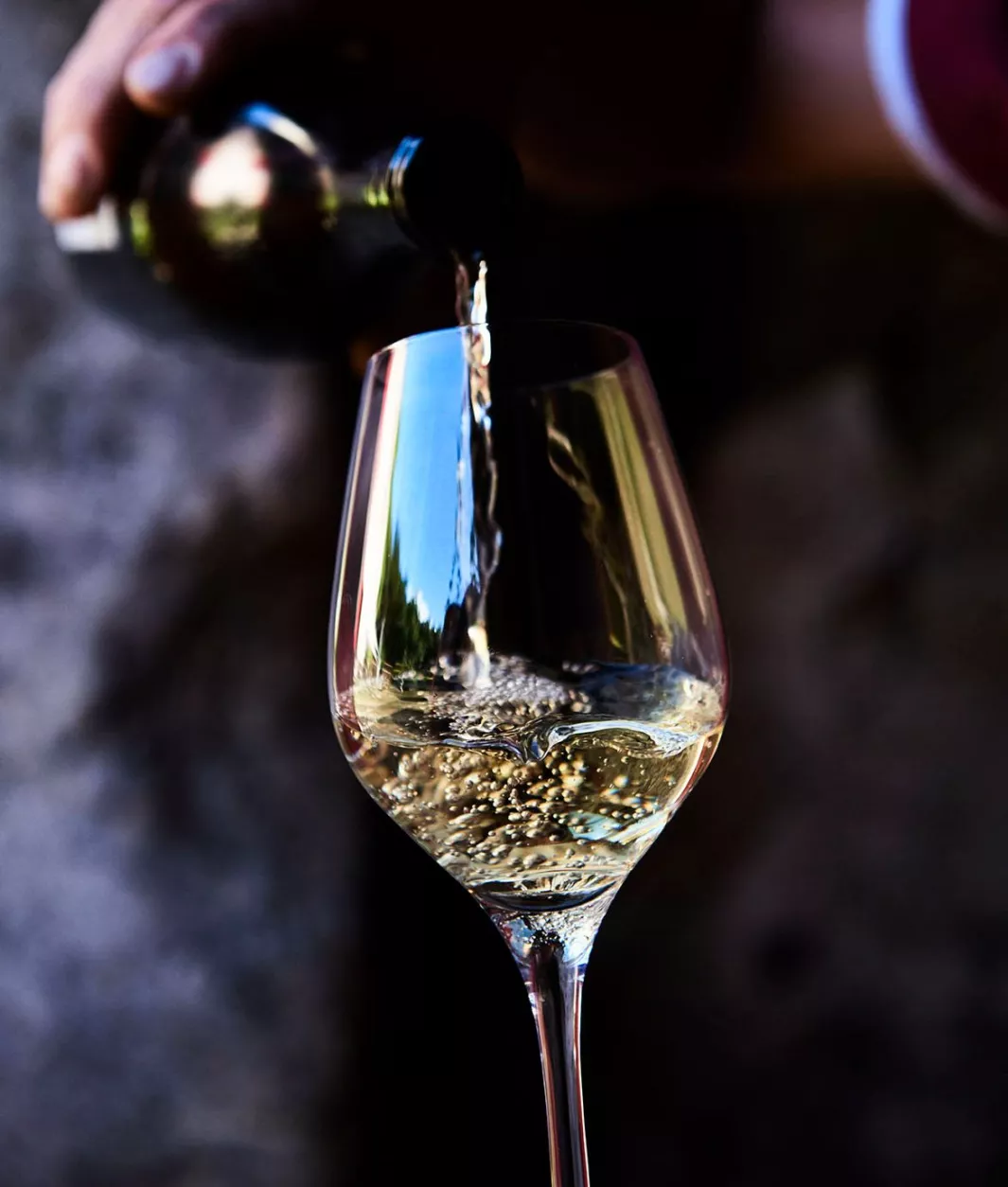
In this article
From South Africa to California, New Zealand, Argentina, and Australia, chenin is grown in vineyards around the world. In fact, no less than an international conference on the grape was organized in July 2019! Can you guess where the event took place? Angers, which is hardly a coincidence.
In fact, the Loire Valley is ground zero for chenin!
Chenin can be grown in a wide variety of latitudes but really flourishes in the Loire Valley, especially in Anjou and Touraine. It is the regions' flagship white varietal and the star of famous designations such as Savennières, Saumur, Coteaux-de-Saumur, Coteaux-du-Layon, Anjou, Coteaux-du-Loir, Bonnezeaux, Vouvray, and Quarts-de-Chaume. It would be an understatement to say that many wine makers are members of the varietal's fan club. While you might attribute this attitude to a bit of regional pride, that is simply not the case. Dubbed the "Anjou plant" in the tenth century and popularized by the French writer François Rabelais under the name "chenin" in the sixteenth century, this varietal offers enough advantages to win over even the most ambitious wine growers. Thierry Germain, a powerhouse in the Saumurois region who makes excellent batches of chenin, is actually planning on making a wine conservatory for the varietal in one of his enclosed plots.
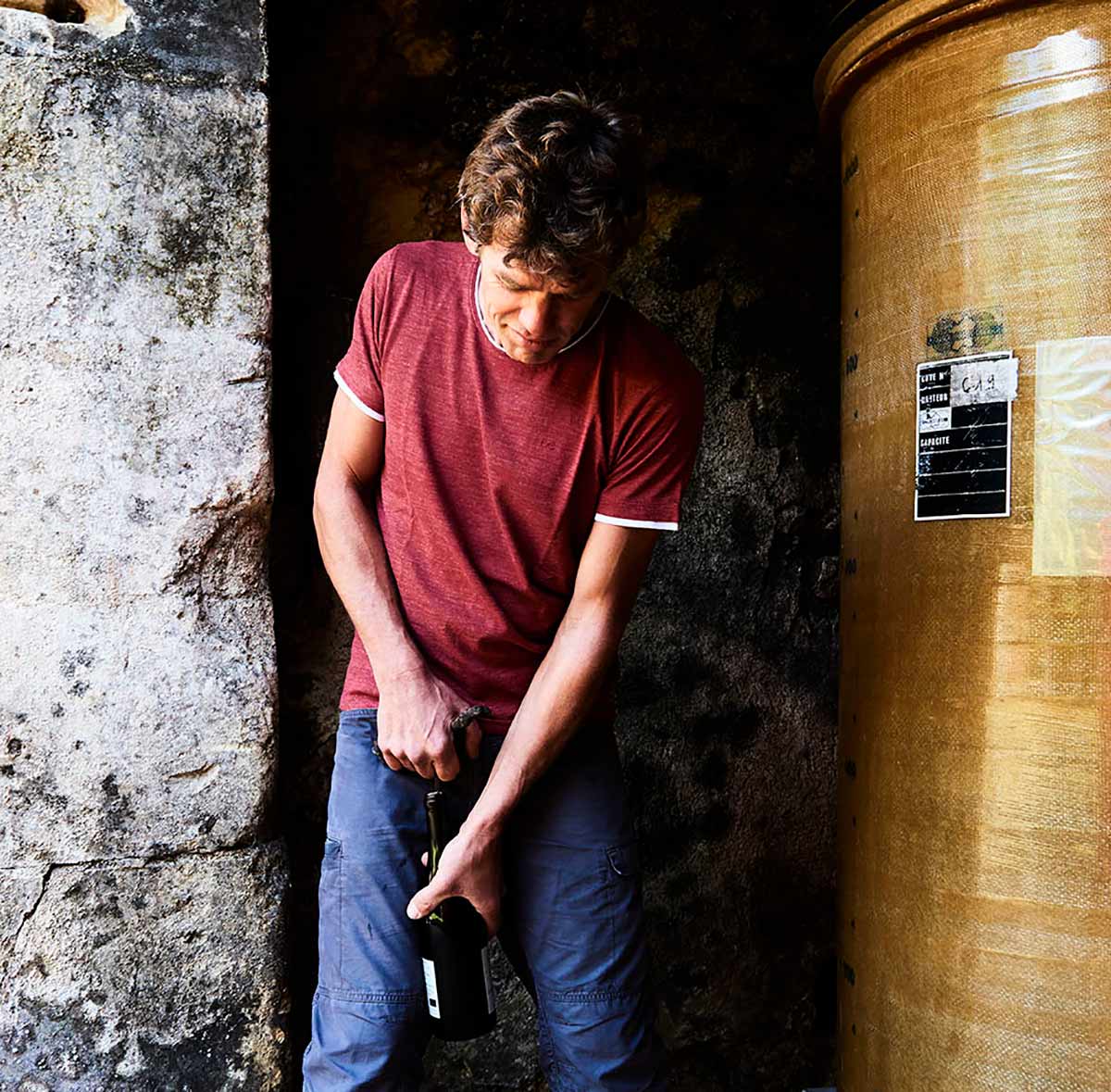
© ©Louis-Laurent Grandadam
Dry, sweet, sparkling—chenin does it all!
"In dry weather, it can produce excellent local whites and sparkling wines. In moderate humidity levels, whether due to the autumn fog or the influence of the ocean, it creates sweet, semi-dry, and dessert wines," explained Patrick Baudouin, a wine maker at Chaudefonds-sur-Layon in Anjou. Because chenin can adapt to a variety of climates, it can produce wines of all kinds, including dry, semi-dry, sweet, dessert, and even sparkling wine. "When I first came to the region, I thought Vouvray only made sparkling wine. I was blown away when I found out everything you can do here," said Tanguy Perrault from the excellent Perrault-Jadaud winery, which he runs with his partner, Anne-Cécile Jadaud. "The flexibility of chenin is incredible. You can make all kinds of wine, each one different from the last," said Tanguy. Chenin is full of personality and well known for its bold and refreshing style as well as its artfully balanced aromas, which feature notes of white flowers, dry fruit, quince, apricot, and citrus depending on the wine's concentration. Unlike other grape varieties, which convey their own specific profiles, chenin takes on the characteristics of its surroundings instead of imposing its own flavors.
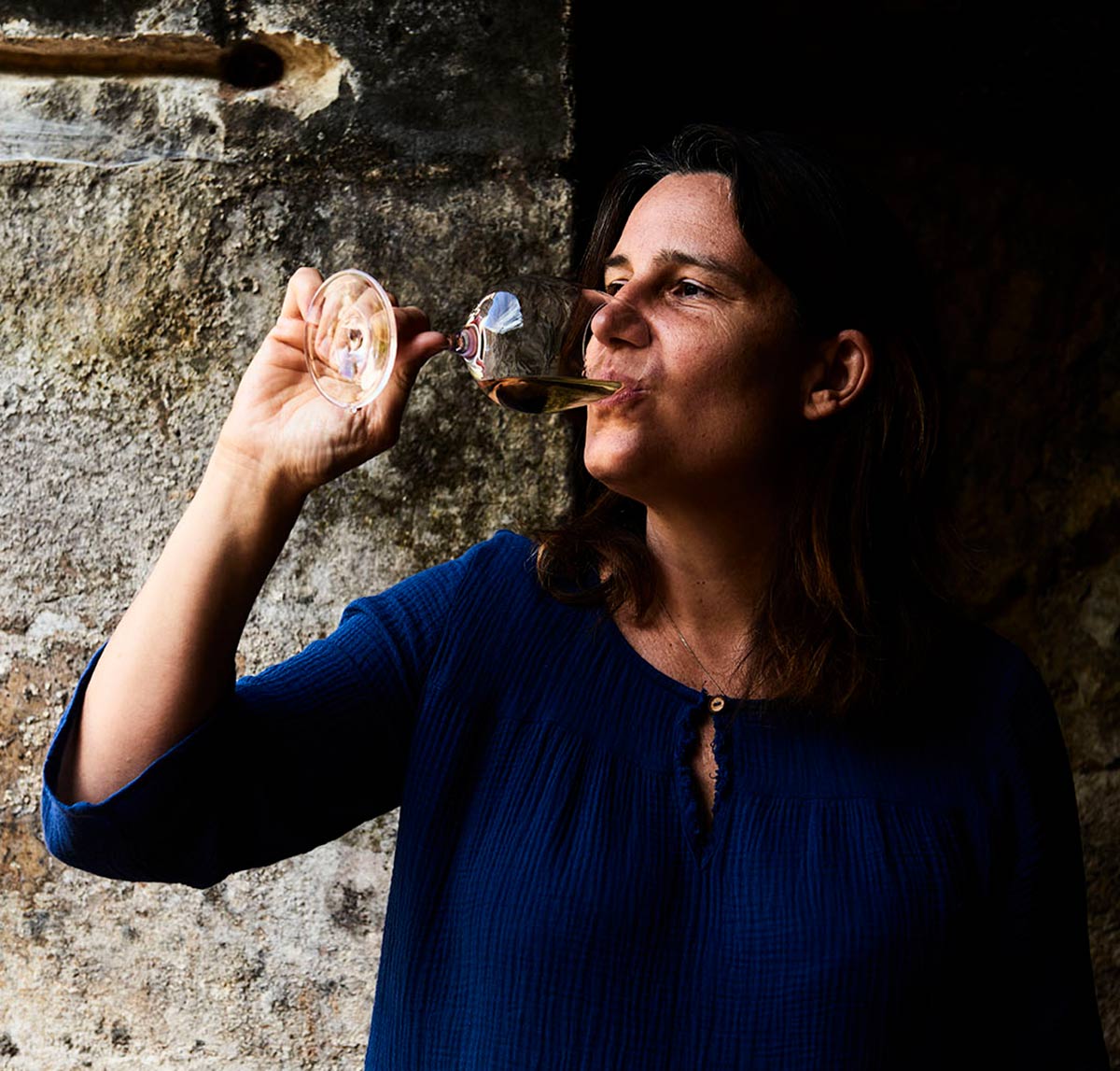
© ©Louis-Laurent Grandadam
A mirror for the vineyard's terroir
Because of its ability to reveal the true character of any given vintage, chenin adapts the features of the terroir in which it is grown, producing a wine that expresses its every last nuance. For example, when cultivated in the clay- and limestone-rich soils of the Saumurois and Touraine regions, chenin's acidity is a bit more biting than when it is grown in the shale soils common to Anjou. Even within the same estate, this variety can interact with the soil in vastly different ways as you move from plot to plot. One of the main advantages of "ch'nin," as the locals call it, is its ability to produce dry, dessert, and even sparkling wines. It also inspires a wide variety of food and drink pairings, ranging from appetizers to desserts. The star of the white varietals grown in the Loire region pairs well with fish and sauce dishes, creamed chicken, spicy and exotic fare such as tagine, blue-veined cheese, and apple pie. Get ready to dream up your own delicious pairings at home!
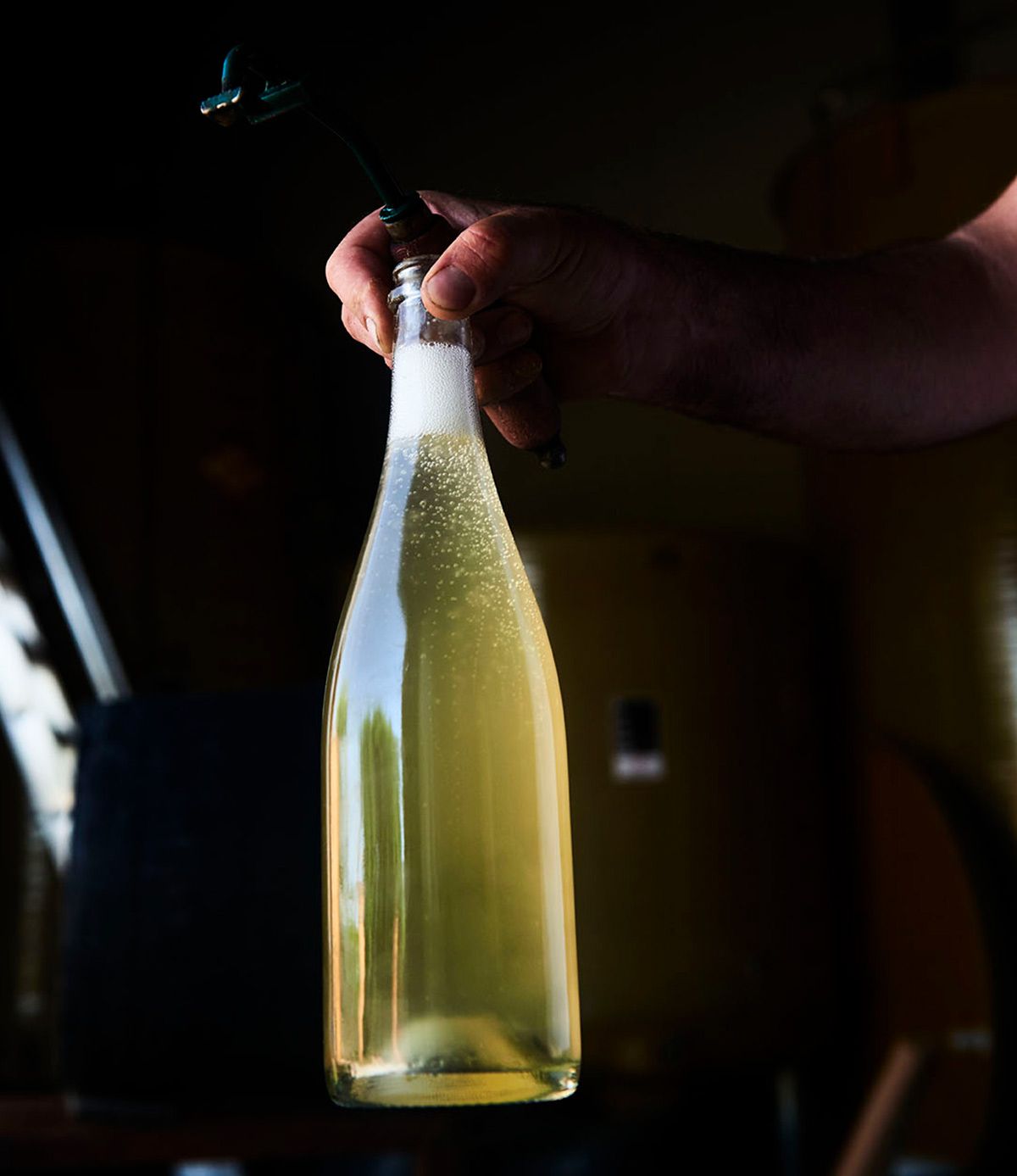
© ©Louis-Laurent Grandadam
Contributor

Editor

